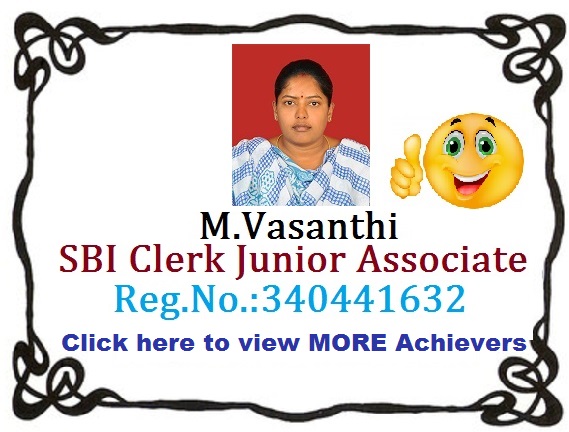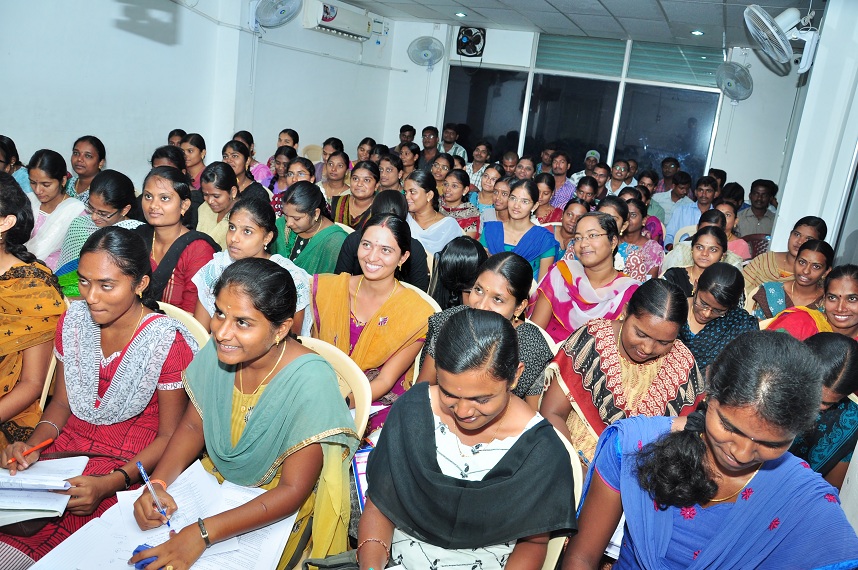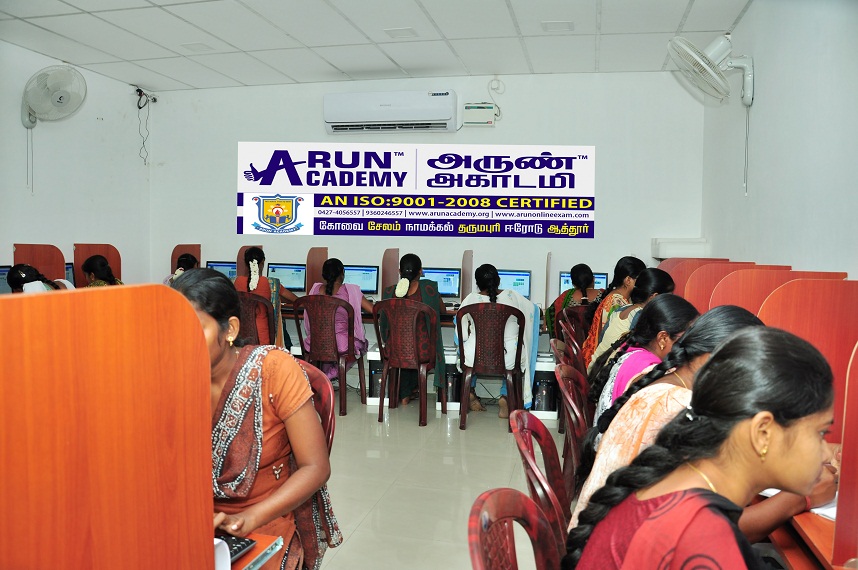- Remaining Timing :-
(1). Which one of the following is correct pairing of a body part and the kind of muscle tissue that moves it ?
- (a). Biceps of upper arm – Smooth muscle fibres
- (b). Abdominal wall – Smooth muscle
- (c). Iris – Invountary Smooth muscle
- (d). Heart wall - Invountary unstriated muscle
- (e). None of these
Explanation:
(2). The epithelial tissue present on the inner surface of bronchioles and Fallopian tubes is
- (a). glandular
- (b). ciliated
- (c). squamous
- (d). cuboidal
- (e). None of these
Explanation:
(3). The cell junctions called tight, adhering and gap junction are found in
- (a). connective tissue
- (b). epithelial tissue
- (c). neural tissue
- (d). muscular tissue
- (e). None of these
Explanation:
(4). The kind of tissue that forms the supportive structure in our pinna (external ears) is also found in
- (a). nails
- (b). ear ossicles
- (c). tip of the nose
- (d). vertebrae
- (e). None of these
Explanation:
(5). The kind of epithelium which forms the inner walls of blood vessels is
- (a). cuboidal epithelium
- (b). columnar epithelium
- (c). ciliated columnar epithelium
- (d). squamous epithelium
- (e). None of these
Explanation:
(6). Find supportive skeletal structures in the human external ears and in the nose tip are example of
- (a). ligament
- (b). areolar tissue
- (c). bone
- (d). cartilage
- (e). None of these
Explanation:
(7). What external changes are visible after the last moult of a cockroach nymph ?
- (a). Both fore wings and hind wings develop
- (b). Labium develops
- (c). Mandibles become harder
- (d). Anal cerci develop
- (e). None of these
Explanation:
(8). Choose the correctly matched pair.
- (a). Tendon – Specialized connective tissue
- (b). Adipose tissue – Dense connective tissue
- (c). Areolar tissue – Loose connective tissue
- (d). Cartilage-Loose connective tissue
- (e). None of these
Explanation:
- (a). Macrophage Fibroblast Collagen fibres Mast Cell
- (b). Mast cell Macrophage Fibroblast Collagen fibres
- (c). Macrophage Collagen fibres Fibroblast Mast Cell
- (d). Mast Cell Collagen fibres Fibroblast Macrophage
- (e). None of these
Explanation:
- (a). B Glandular epithelium Insetine Secretion
- (b). C Collagen Cartilage Attach Skeletal muscles fibers to bones
- (c). D Smooth muscle tissue Heart Heart contraction
- (d). A columnar epithelium Nephron Secretion and absorption
- (e). None of these
Explanation:







